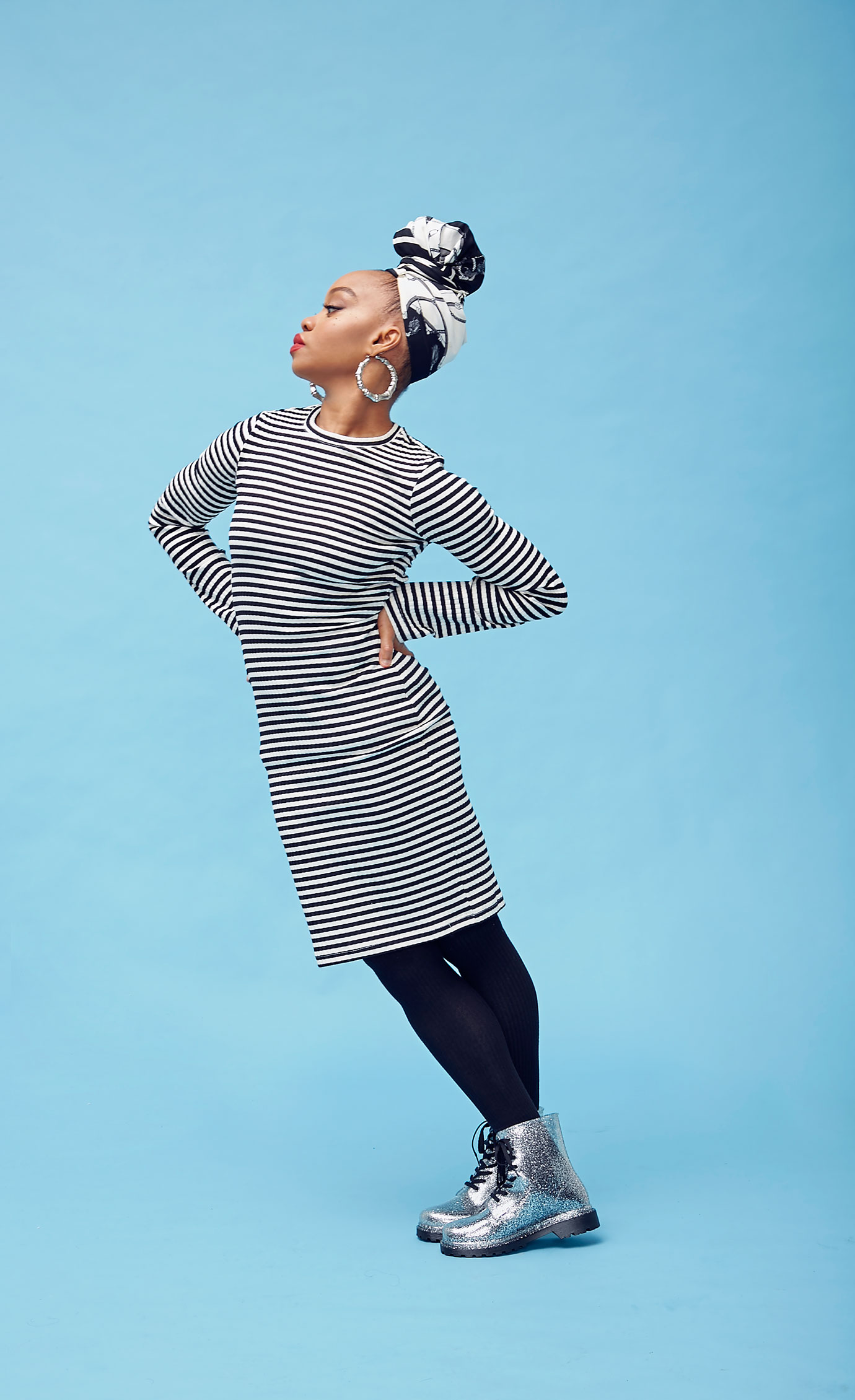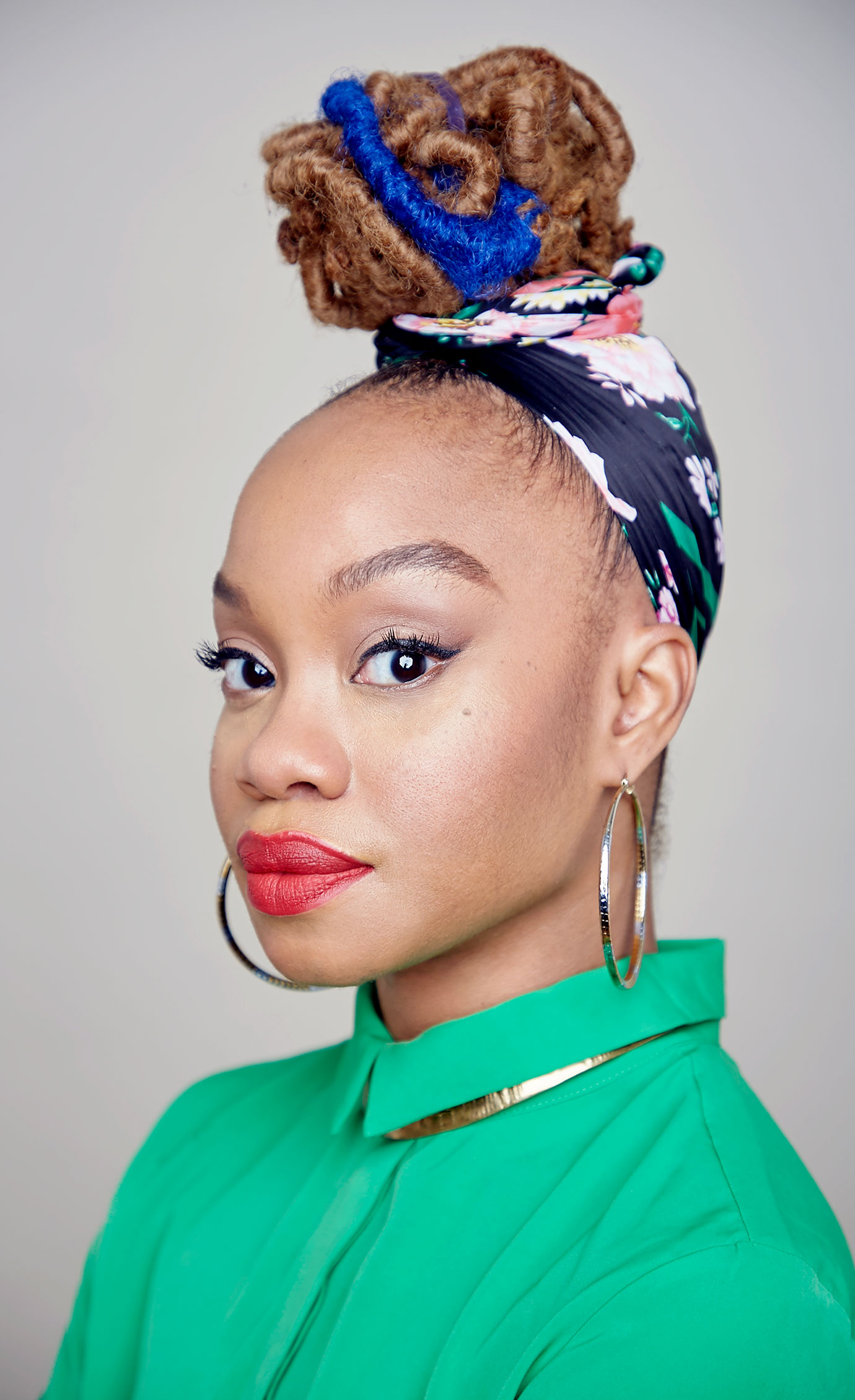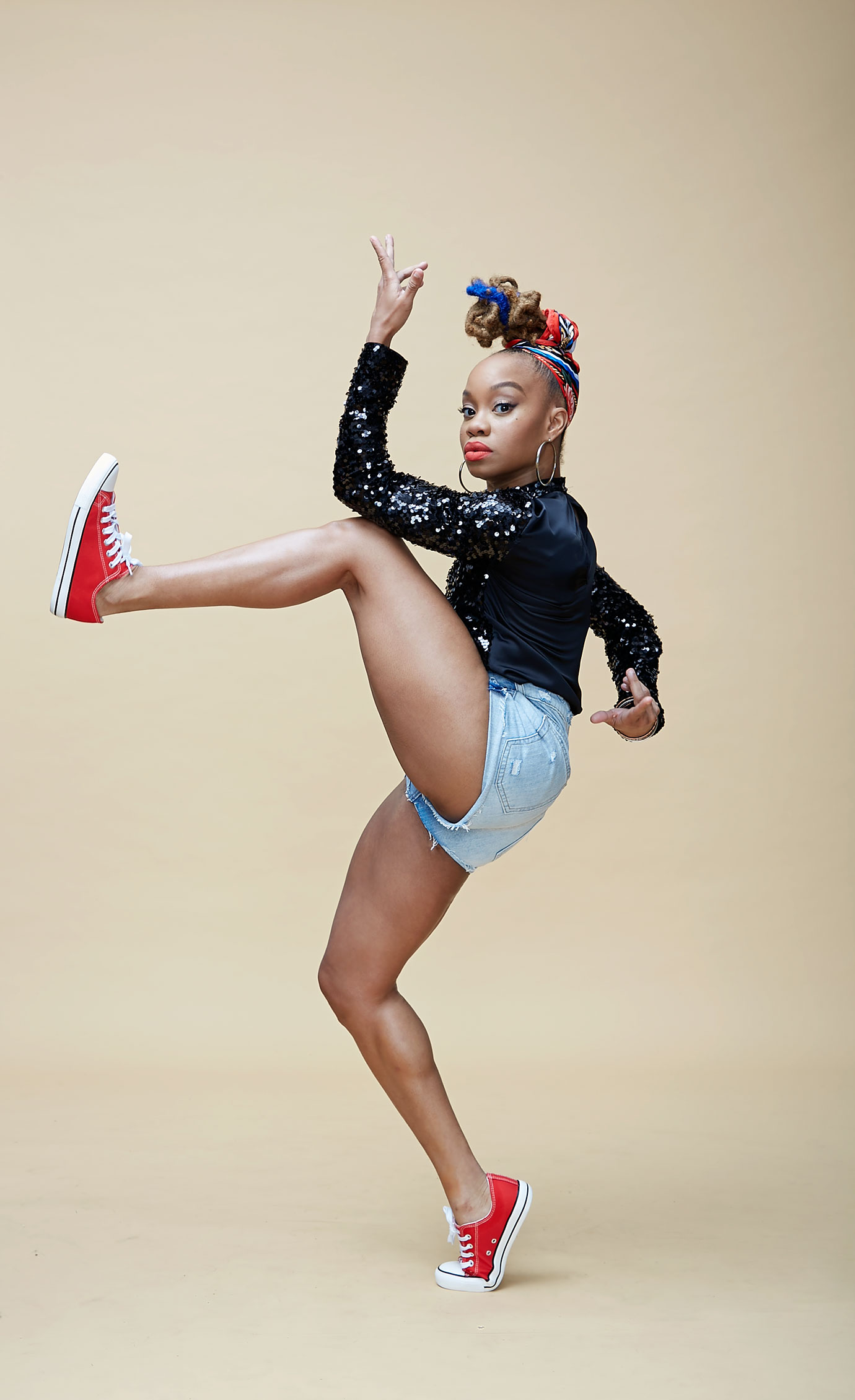
YoungArts Foundations’ 2019 Backyard Ball will announce Camille A. Brown as this year's Arison Alumni Award winner for her contributions to the arts. Her choreographed performances center around perceptions and realities among different cultures. As a prolific African American female choreographer, her work strives to reclaim the cultural narrative of the African American identity. Brown gave us insight into what self-motivation techniques helped forward her career and passion—one being the motto shepasses along to her students during her teaching. Movement is her channel for giving back as she has provided outreach activities to students, young adults, and incarcerated women and men across the country. She explained such an award, “makes me feel seen and heard in the same way the YoungArts award did when I was 17. I have fallen many times, but this award reminds me that it’s about getting up and flying. It gives me the encouragement to keep going.”
How has culture influenced your creativity? In what ways have you interlaced your cultural narrative into your work? Culture has shaped my choreographic voice in a major way. Gestural information from the African Diaspora is rich and carries history, identity, time, space, spirit and expression. We carry the history of the African-American experience in our gestures, rhythm, social dances, music and art. They are language, spoken with the body, that lifts, inspires and empowers me, connecting me to our roots.
My cultural narrative is seen in all of my works and is a mixture of personal and universal themes. I am originally from Jamaica, Queens (New York), so for "BLACK GIRL: Linguistic Play" I’m riffing off my childhood and what “play” was for me—playing double Dutch in the street, making up dance routines, hand clap games, etc. I always ask myself, “What would this ‘Queens girls’ do?”
Growing up who did you consider a role model? Debbie Allen is a huge inspiration. She does it all. Her body of work makes me believe that all things are possible.

Do you have a motto that drives you? Do you instill this motto into your students? “Keep moving forward and be brave about it.” I try to instill this in every area of my dance making and teaching. When we take the dive, we discover.
What's the most rewarding part of artistic directing? The most rewarding part is knowing that my Company (my community) has my back no matter what. Being with them—creating and performing work together brings me joy.
When do you know a piece is completed? For me, a piece is never complete. There are always new things to discover. When there are no more questions about the arch of the story, transitions, set, lights...when it all makes sense in my head and every question is answered I feel like I am in a good place. The premiere is only the beginning.
We premiered "ink" last year at The Kennedy Center, and I’ve continued working on it ever since. I definitely don’t want to overwork pieces, but I try to always present the clearest story, and time is definitely required to do so. My Company knows by now to be ready for anything...LOL!

What advice would you lend to aspiring creatives? Be brave—no matter what! Listen to constructive criticism, but this also requires you to surround yourself with positive, loving people. Always show gratitude to everyone in support of your work.
Have you made any sacrifices to become a better choreographer? Yes—many. One being my health. Balancing self-care inside of my workload is an ongoing battle, especially as I balance both my career in concert dance and theater.
As a choreographer, how do you decide if someone is right for a dance position? What qualities do you look for in your students and cast? The process involves a deep collaboration with the dancers and my direction is guided by their choice making. I look for dancers who are interested in character development and taking chances. I’m always challenging myself and want to be in a room with people who are willing to take the dive with me.
What themes can be seen through your performances? Do they centralize on social issues? Themes of community, Black identity, love, relationships, sisterhood, brotherhood, empowerment, history, and humanity can be seen throughout my work. It focuses on the humanity of Black people— which automatically centralizes social issues relating to be Black people in America. The stories told are both culturally specific and universal.
How have your career choices led to receiving the Arison Alumni Award? I would say not giving up and going for my dreams is one of the best career choices I’ve ever made. I am incredibly humbled by the honor.



